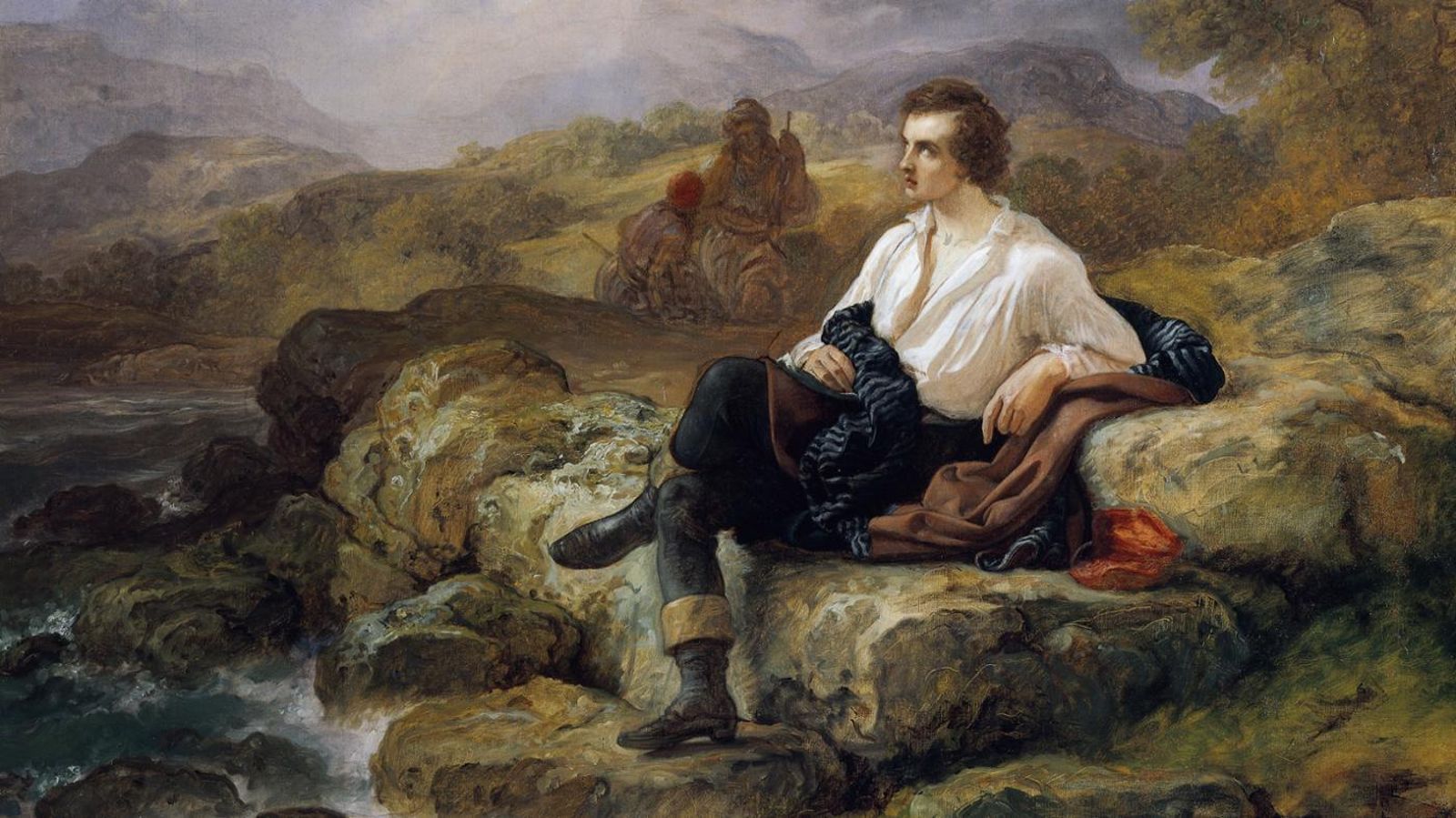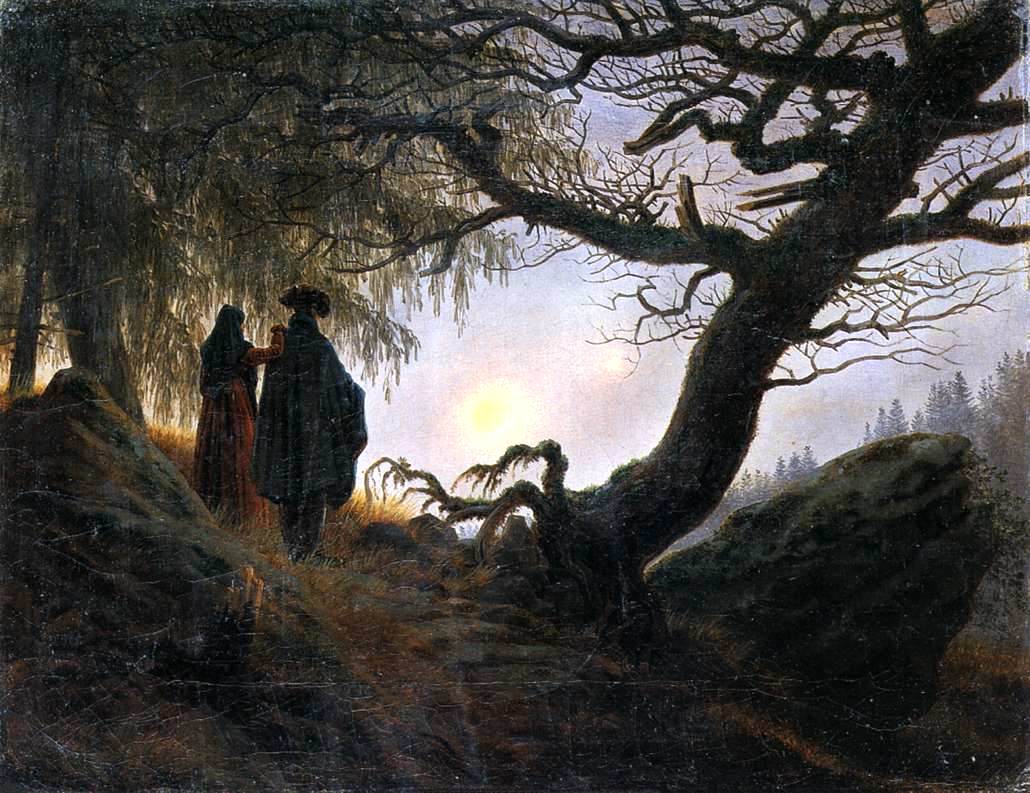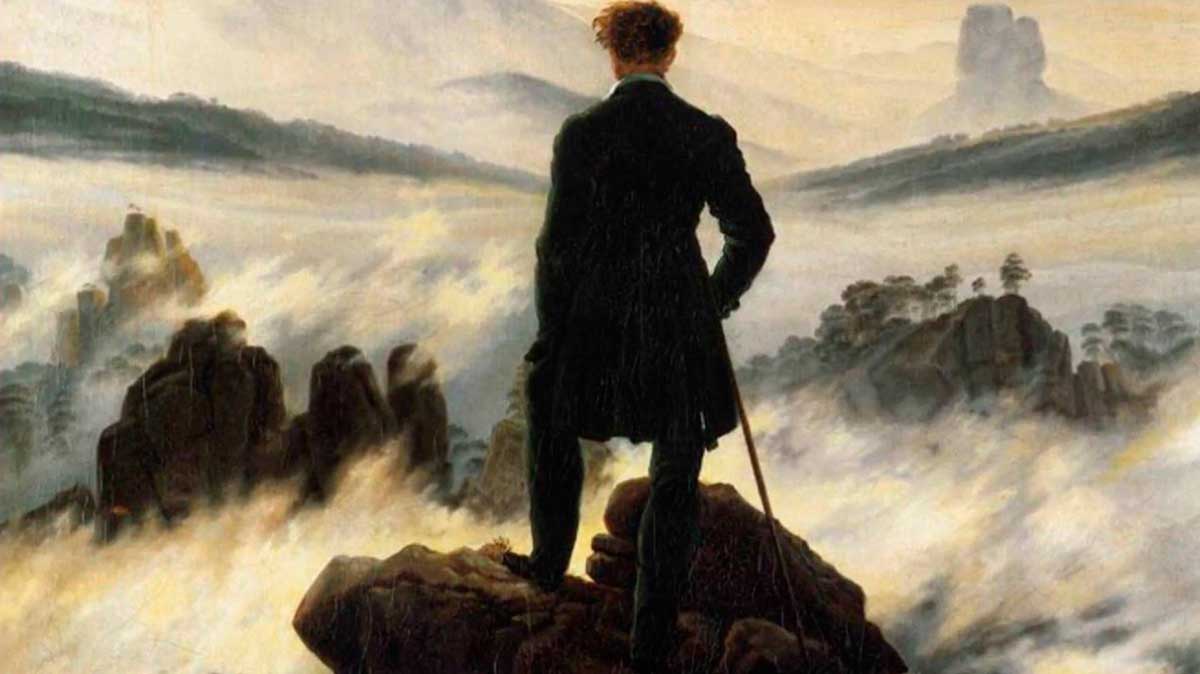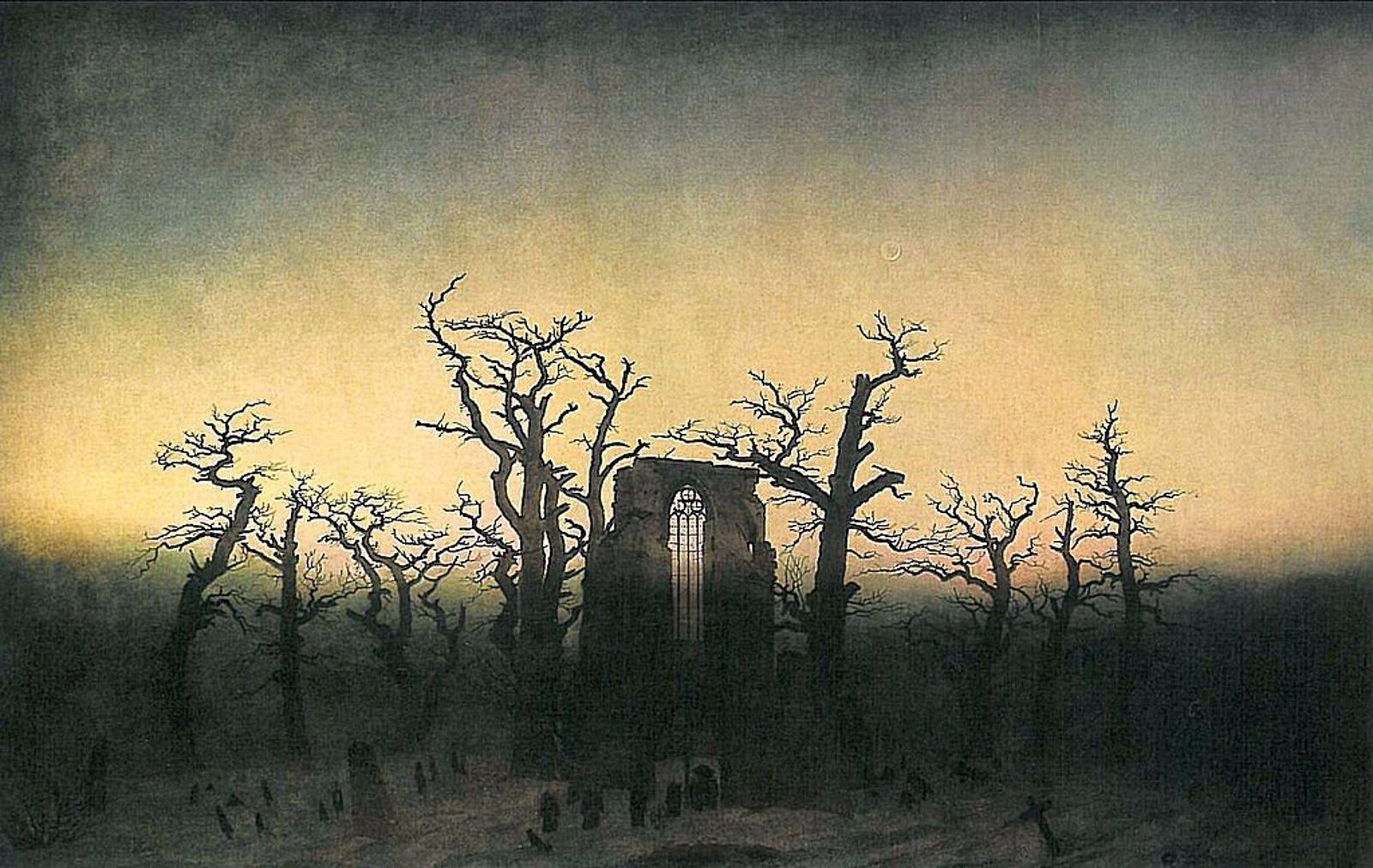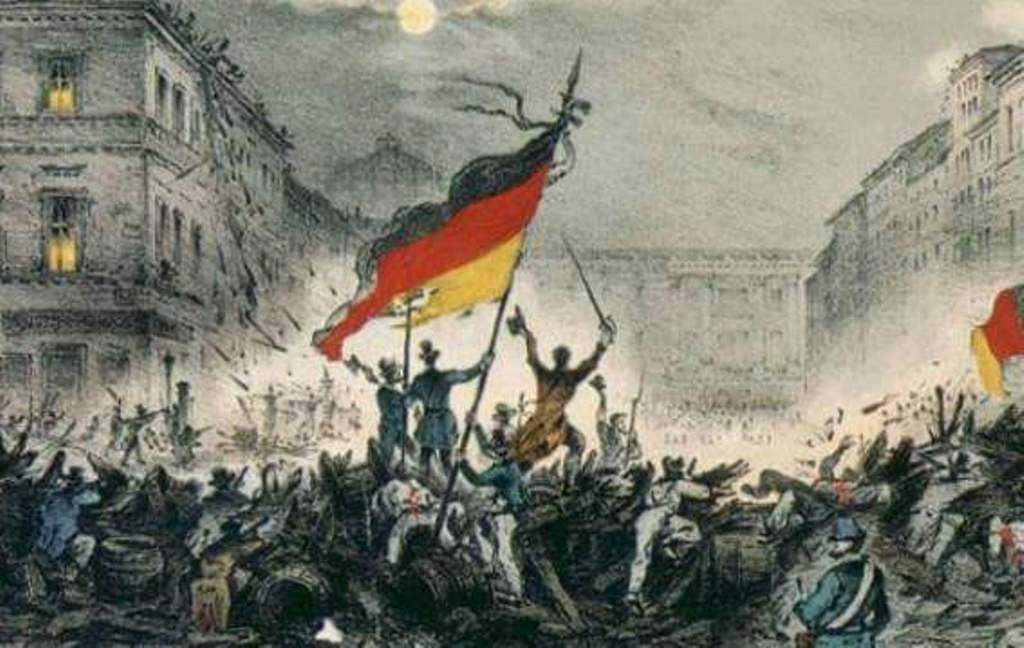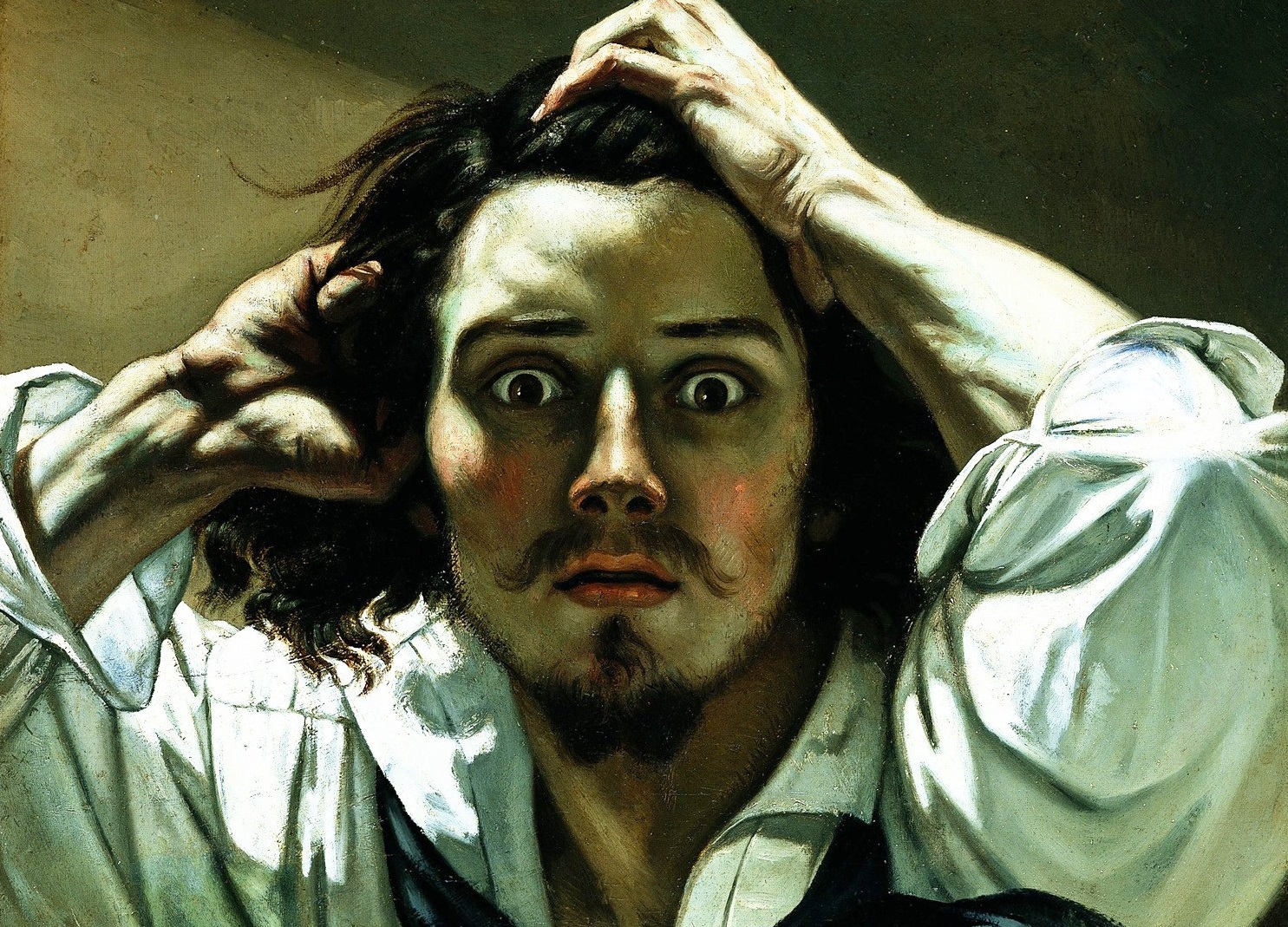Rationalism and illustration some time ago dominated everything artistic and literary; however, these did not reflect the reality of this world that is rather irrational, full of emotions and imperfections and that is ultimately its essence; this is how they appear Features of the Romanticism.
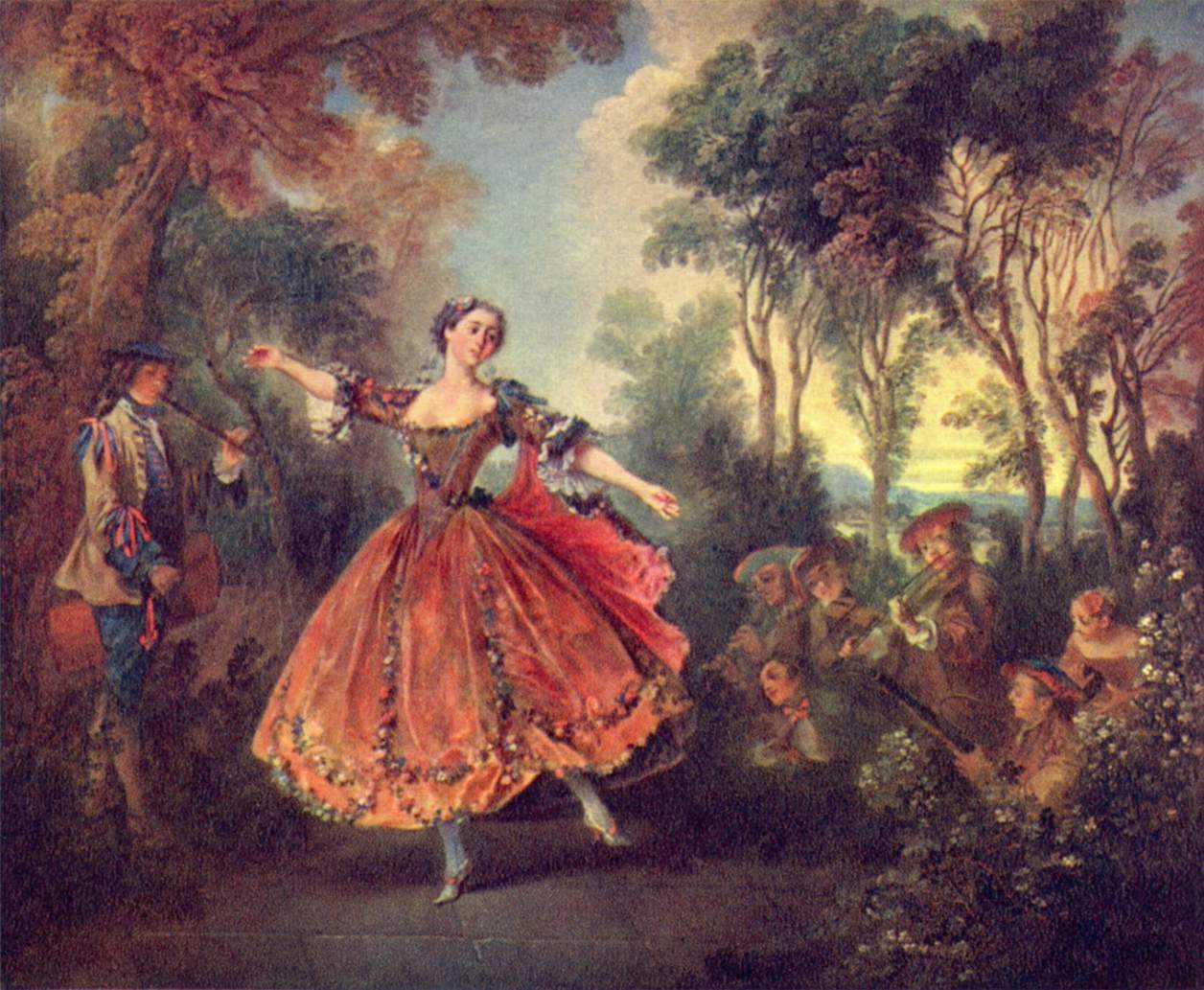
Features of Romanticism
To begin to know the fundamental characteristics of romanticism, it is important to address how this new artistic and philosophical movement that influenced society at that time originated, and marked the beginning of a new form of artistic expression in all areas.
Romanticism appeared in Europe in the eighteenth century, this was a new current that focused on a different aesthetic, a new philosophy and a new way of doing and understanding art. It was already coming from the times of the illustration, a period in which reason and humanism prevailed, leaving aside emotions, feelings and dreams.
Therefore, in response to this very pragmatic world, romanticism appeared, a commitment to the subjective self and the exaltation of emotions and the dream world. With this, he returned to the past, to folklore and national traditions, in itself it was a way to re-discover the individuality of the country and its characteristics; this led to a flourishing of nationalism and a return to the Greco-Latin world, and the Middle Ages. This new trend in turn marked different challenges and areas to explore in each artistic discipline.
Characteristics of Romanticism in Painting
In the case of artistic expression in painting, it involved a true transformation in terms of how society would appreciate this type of arts, which since previous times were only almost typical of the State and the Church, who in principle were its initial promoters, usually using it. for your advertisements.
Likewise, the characteristics of romanticism established, through the linking of art with the application of conscience and own creativity, new conditions for the execution and construction of art; and this is how the historian Ernst Gombrich details it, in the following:
«The true conception and the way in which art could manifest personality could only be established when art exhausted all its other purposes.»
This is how many romantic artists and writers understood art as a means of self-expression and indeed a vocation. In this way, many decided to dispense with errands, feeling compelled to sell their works so as not to "sell" themselves as artists. So, along with the cult of the artist who presented himself as a purveyor of religious content, banned and financially bankrupt artists increased, because it was safer for the new audience to rely on traditional art.
Literary Romanticism
It was a literary revolution that began in Europe at the end of the XNUMXth century when some writers abandoned the rules of structure and style of the classical authors and began to speak of nature, of love afflictions in a personal and melancholy tone as a context. Taken from sentimental relief. This new trend started in Germany, reached England and France and spread to other countries.
In response to the aristocratic culture that still prevails, the writers focused on the melancholy of the Middle Ages, the founding times of their countries, the appreciation of heroic and brave characters, and traditional customs; This revolution reached its peak in the nineteenth century. The theoretical foundations of Romanism in literature were created in Germany by Hegel, Schelling, and Fichte, philosophers of classical idealism (also known as philosophical romanticism).
Nacionalismo
The romantics preach nationalism, encourage the exaltation of national nature, the return to the historical past and the creation of the national hero. In European literature, the national heroes are beautiful and brave medieval knights; in Brazil, they are the Indians, equally beautiful, brave and civilized.
Nature is also glorified in romanticism, it is seen as an amplification of the nation or a shelter from the rebellious life of the cities of the XNUMXth century; the exaltation of nature achieves the continuation confines of the writer and the emotional moment of it.
Romanticism in Music
The great musical compositions of Romanticism developed throughout the musical period in the West, from the end of the XNUMXth century to the beginning of the XNUMXth century. This musical movement was linked to the literary and artistic movement of the same name that emerged in Europe in the mid-eighteenth century, mainly in Germany.
During this period, music became more expressive and emotional becoming an entourage of contemporary literary, artistic and philosophical themes. The size of the orchestration increased dramatically in Romanticism, as did the dynamic range and diversity of the instruments used.
Public concerts have become a lynchpin of middle-class urban society, unlike earlier historical times when concerts were paid for and performed primarily for the aristocracy. Among the characteristics of romanticism, we can cite a new abandonment of the natural, a fascination with the past (especially medieval legends), a new look towards the mystical and the supernatural, a yearning for the infinite and a focus on the fantastic, the spiritual and ghostly
Nationalism was also a motif among the musicians of Romanticism; the exposure of intense feelings in the compositions has been essential for most of the arts that have developed in this historical time.
The programmatic composition, the musical ode, the moving melody, the Bel Canto opera and the concert prelude are genres that emerged and were extolled during the romantic era as alternative modes to the classical sonatas and symphonies.
Values and programmatic aspects of the romantic movement
The various artists who immersed themselves in this new movement of romanticism, usually represented their works using a series of values and aspects that are closely linked to the characteristics of romanticism, the new way of artistic manifestation of that time, among them we have:
Imagination vs. intelligence
As a response to the rejection of the true emblematic value of the imagination, for qualifying it as contradictory to what the soul of reason and morality represented during neoclassical art; the painters decided to give a new meaning to imagination by increasing it through two ways: using it as a creative element and as knowledge.
sublimity vs. classic beauty
During this time, artists rise up rejecting the classic prototype that represented beauty (order, balance and harmony), since it was commonly predictable and repetitive, so they decided to capture it through the idea of the sublime.
Therefore, the comparison between the two was very remarkable: while the classic prototype originates delight and sympathy, the sublime, that is to say the opposite, represents discontent, a transcendent emotion or agitation that results from the discrepancy between the imaginative greatness of what is contemplated and what is seen. that reason awaits. The sublime moves, shakes and disturbs the observer in a captivating way; This takes you out of your comfort zone and forces you to explore other forms of beauty other than order, balance and harmony.
subjectivity vs. objectivity
Romanticism suggests that it be the artist's point of view that is presented in his works, that is, his subjectivity through his feeling, his judgement, his anxieties and ambitions. In this sense, it frees the artist from the submission imposed by the ambitions of a buyer or the public, in particular it redeems him from commitment and commission; and this is how the term art is established as an individual manifestation.
nationalism vs. universality
There were two values that participated in both romantic and neoclassical art, however, they interacted in very different ways in both artistic manifestations; This is so much so that historians like Eric Hobsbawm state that:
«The romantic as well as the neoclassical, represents the 2 parts of a coin».
Among the differences between these manifestations in connection with nationalism is: while in neoclassical art it defended the idea of the national state as a rational mandate and a means of civilizing development, romanticism valued the notion of national identity. In this sense, the state brings together the children of the nation, of the fraternity.
Formal and stylistic aspects of romanticism
Through the characteristics of romanticism, various elements and styles were presented, which the artist could explore to capture in his subsequent works, these are:
Diversity of styles
Undoubtedly, the freedom of manifestation that romanticism brought to artists was overwhelming for these times, since one of the most important characteristics of romanticism is the variety of styles, dispelling all academic norms and denoting the search for intrinsic manifestation. As far as romanticism is in the branch that it is (eg art or literature), it can be considered as a generalized style.
It is so much so that romanticism cannot be qualified at one time, but rather as a current at the limit of others (neoclassicism, realism, symbolism, pre-Raphaelitism). However, it is possible to certify that romanticism generated an evidently revealing predominance in the artistic exhibition of the XNUMXth century, announcing what would be the concept of writing and modern art.
Liberation from the rules
In romanticism, both artists and writers redeemed themselves from the inflexibility of academic regulations, however, this did not mean abandoning them completely; although in some other cases, it seems that the regulations disappear completely. There are also others that submit to their own subjective manifestation, being used as an expressive need that arises. In all contexts, the artist frees himself voluntarily from academic inflexibility in search of his own style that identifies him.
romantic irony
This was one of the most probed and investigated characteristics of romanticism in these romantic times, primarily in literature. It is a kind of posture of the mind towards the forms of how reality is visualized, which deliberates the ends of the understanding of the judgment. Irony thus opens up innumerable opportunities in artistic work.
Evasion of clarity and definition
Romantic artists are interested in emotional states, especially those that reveal a certain embarrassment. If painting is a metaphor of the personal world, knowingly so confused, the painter is interested in the transmission of the psychological atmosphere, and for this he uses the lack of clarity and definition. The same happens with the literature and music of the romantic movement.
Influence of baroque art, especially in French romanticism
In the case of France, Romanticism turned again to the Baroque masters, whom the Enlightenment had condemned as confused, extravagant, and ornate. The Baroque was reread from the romantic touch, although directed towards novel themes of modern incentive; the great motley scenes reappeared, seeming chaotic and exuberant.
Expressive ends dominate over finishes or formal precision
While neoclassicism made a real effort to hide the procedures that made the viewer forget the artist as an intermediary between him and the idea, the romantics remember his presence by leaving the procedure visible, that is, consciously allowing imperfection, asymmetry , inaccuracy or unfinished form, be it painting, music or literature.
Dynamism
The romantic works resign from the singularity of the neoclassical works and opt for applied works and full of resistance.
themes of romanticism
The themes used in romanticism can be focused on the different thematic manifestations (literature, painting and music), and among the most recurrent and popular, we can find the following:
moods and feelings
The most common representational themes in romantic painting derive from the expression of the subjective world of the artists. Themes such as those related to these emotions of melancholy, loneliness, restlessness, helplessness, love, dementia, desire, panic or terror were the most common, in fact, it can be said that these themes were transversal in all the themes developed in romanticism, a description of them:
Love
As the central theme of his compositions, the romantic author does not see love as a happy moment, but as a moment of suffering. Love as something impossible that usually ends in misfortune, a love that manages to move the reader through his extreme sensitivity.
Death
Death was in itself one of the primary concerns of romantic artists, and was approached from many angles. There was also a particular fondness for the theme of suicide during the Romantic period, which in turn was encouraged by the influence of Goethe's novel The Sorrows of Young Werther.
The history
Romantic artists attached to libertarian and nationalist political values frequently depicted themes from history that subscribed to these values. This element had a specific adherence in American romanticism, completely alien to the stimulus from the Greco-Latin past.
In Europe as well as in America, romantic art represents historical passages from the Middle Ages and other periods, as well as in modern times, which is in a way a requirement of the origin of the nation and of emancipation. The French Revolution in this way, was one of the favorite themes in the argument of French art.
Romanticism also represents the figure of the hero, but compared to the neoclassical manifestation that personalizes him as a temperate and self-controlled being full of moral virtues, romanticism distinguishes him as excessive, full of passion and tragic.
Landscape
Romanticism returns to the landscape in two ways: first, to bridge the gap between man and nature that results from socioeconomic changes; the second as a metaphor of the inner world of the subject. This again is a disdain for neoclassical rationalism, which in all its contexts opted for internal and tempered facts to draw the viewer's attention to the message.
The mythical and legendary literary universe
The romantics set out in search of new content in the literature of all time, ignoring Greco-Latin references. They mostly go to that literature that provides fantastic elements, wonderful specimens, beasts, alternative mythologies, among others.
pop culture
Additionally, there was a growing interest in the representation of popular culture, which was believed to be the repository of national identification; the vision of popular culture would not necessarily be bucolic. It could also be linked to the magical-religious universe and to a certain justification for "chaos" that bothered the enlightened so much.
Nostalgia for faith and spirituality
Neoclassicals and Romantics believed that all past times were better, but both in different ways. The neoclassicists opposed the role of tradition, which they blamed as fanaticism, and for this reason they believed they saw a rationalist model in the Greco-Latin past.
Meanwhile, the romantics opposed the excess of enlightened rationalism and yearned for medieval and "primitive" times. They lamented the disappearance of spirituality and the sense of magic in life; at the same time, they valued the popular past as the primary source of national being. This nostalgic look was also like the acceptance of a small death that pictorial romanticism laments over and over again in its paintings.
the american aborigine
Another of the great themes of the lineage of the past such as melancholy is the American aboriginal world, which they interpreted as a symbol of the unity between human beings and nature. Of course, it was an idealization inspired by Jean-Jacques Rousseau's concept of the noble savage.
exotic affairs
It was with the Romantics that interest in so-called "exotic cultures" began to spread, with a unique sense of color and composition. One of the most widespread currents is Orientalism, which is reflected not only in the study of aesthetic criteria but also in the subjects represented.
Characters of Romanticism
There were many figures who contributed to romanticism, in which both men and women participated without distinction. Below we show you the names of some of them according to the type of artistic expression in which they developed and some of their most representative works, these are:
Writers
Literature was very representative in romanticism, through innumerable literary works elaborated by the following writers:
- Mary Shelley with her famous literary work Frankenstein (1829)
- Edgar Allan Poe and his book The Tell-Tale Heart (1843)
- Victor Hugo with his literary work Les Miserables (1962)
- Johann Wolfgang von Goethe and the development in his writing of The Sorrows of Young Werther (1774)
- Alexandre Dumas with his recognized work The Count of Monte Cristo (1844)
- José de Espronceda and his novel The Student of Salamanca (1840)
- Lord Byron with his outstanding work The Pilgrimages of Childe Harold.
Painters
The most recognized artists who applied in their works the characteristics of romanticism and everything involved in it, are the following:
- Francisco Goya and his work Dreams of Reason Produce Monsters (1799)
- William Turner with his painting Rain, Steam and Speed (1844).
- Leonardo Alenza with his artistic manifestation in The Romantics or Suicide (1837)
- Théodore Gericault romanticism in his work The Raft of the Medusa (1819)
- Eugene Delacroix and his artistic expression in Liberty Leading the People (1830)
- Caspar David Friedrich with the elaboration of his painting The Wanderer Above the Sea of Clouds (1818)
Composers
There were many musicians and composers who participated in this movement called romanticism, among them are:
- Ludwig van Beethoven with his Symphony No. 9 (1824)
- Franz Schubert and his composition Ellens dritter Gesang or Ave Maria (1825)
- Robert Schumann in his development of Dichterliebe (Love and Life of a Poet) (1840).
If you found this article interesting about the Features of Romanticism, we invite you to enjoy these others:
